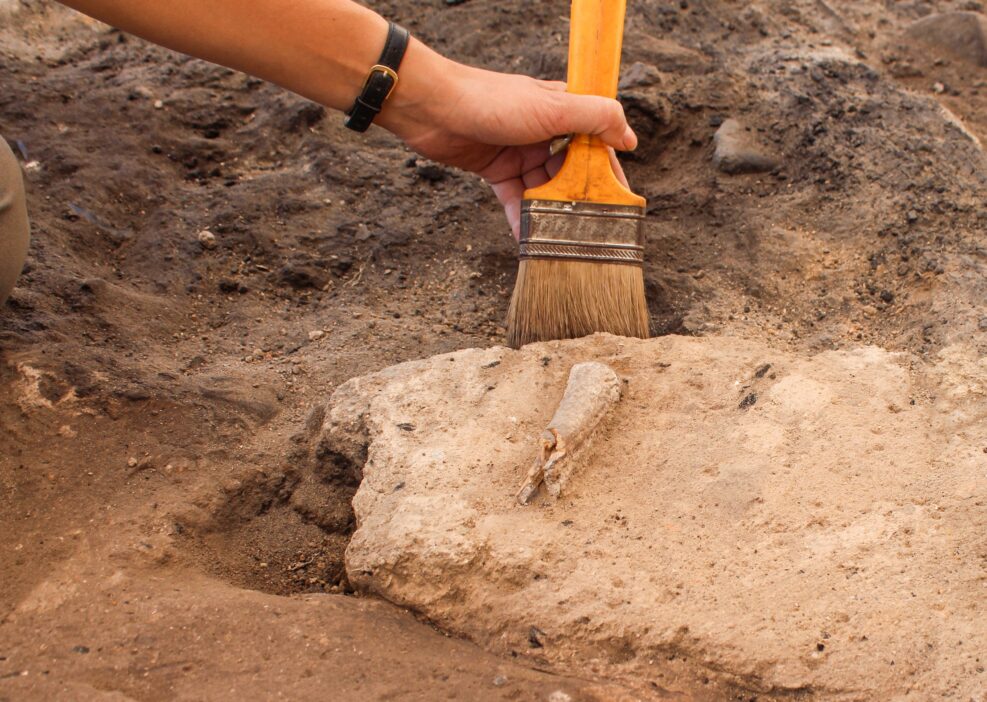
CategoryArcheology


AI Decodes Scrolls Scorched by Vesuvius’ Eruption
In 79 AD, Vesuvius reduced a library to charcoal. Remarkably, machine learning technology has begun to decipher scrolls that humans could not unwrap
Scientists Spar Over What a Netflix Science Documentary Should Be
Should “Ancient Apocalypse” be relabeled “science fiction” if archeologists don’t think the documentary writer’s claims are valid?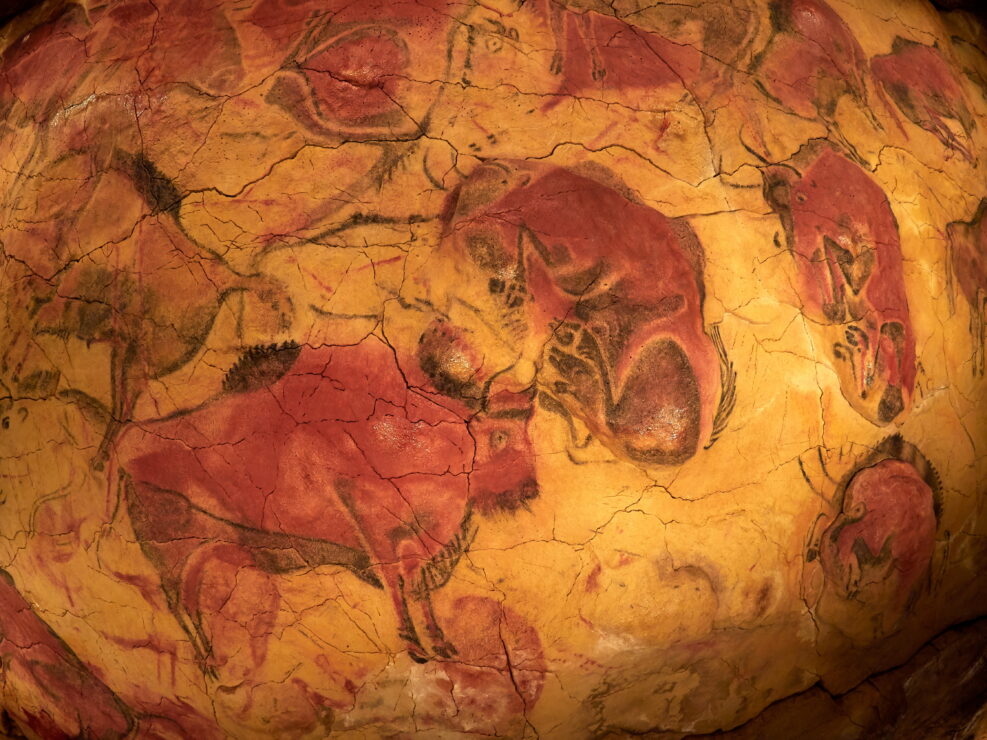
Deciphering the Hidden Meanings of Cave Art
In many cases, there are more dots and lines than animals, which suggests some sort of early information system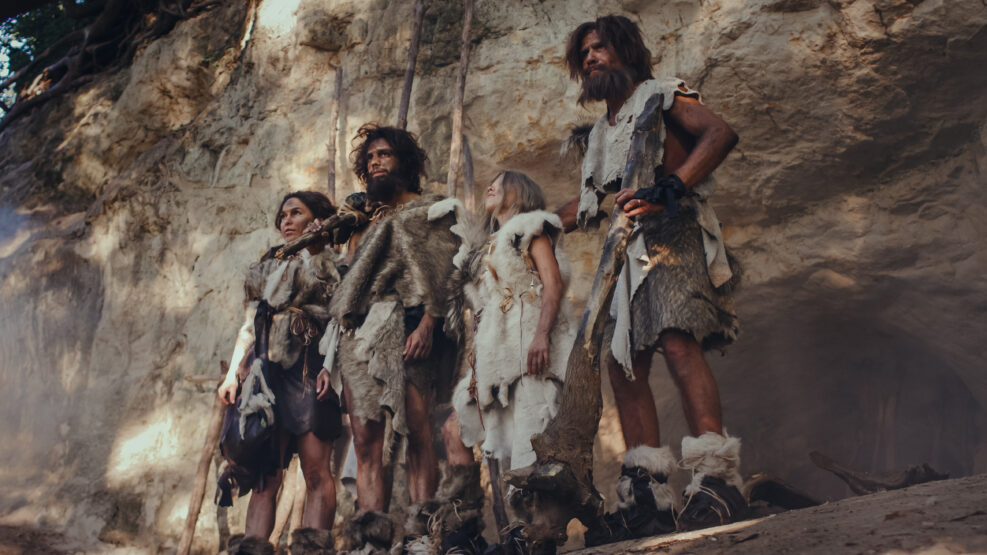
What Was It Like To Grow Up in the Paleolithic era?
We are learning much about our ancestors’ lives from the less highly publicized finds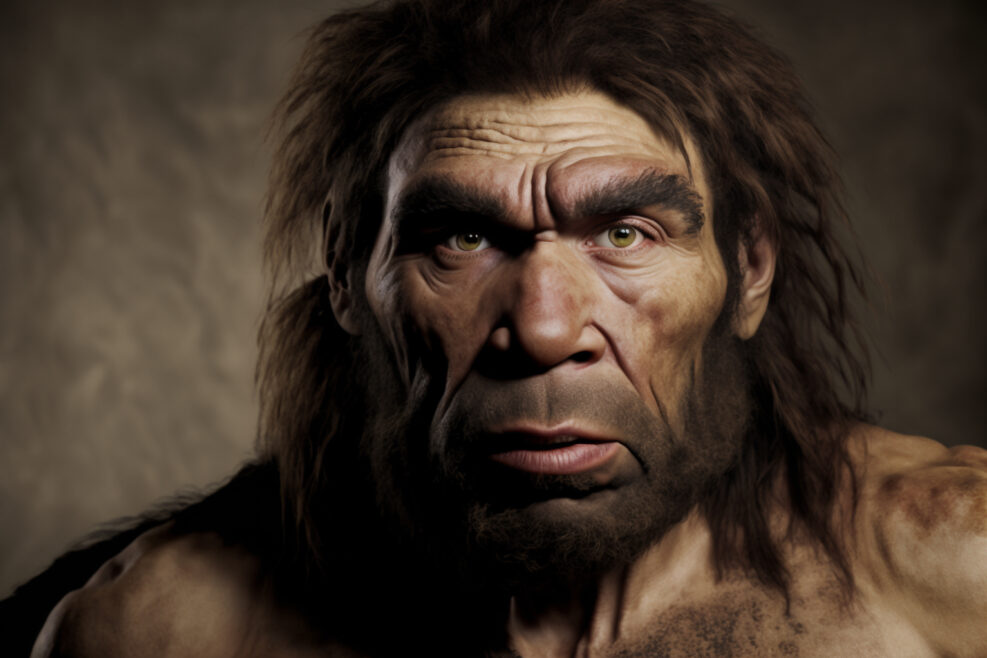
Does It Take a PR Agency to Make Neanderthals Human?
It’s interesting to watch how science writing on Neanderthals has changed over the years
The Human Mind Has No History
There is no good reason to assume that human intelligence evolved from mud to mind via a long slow history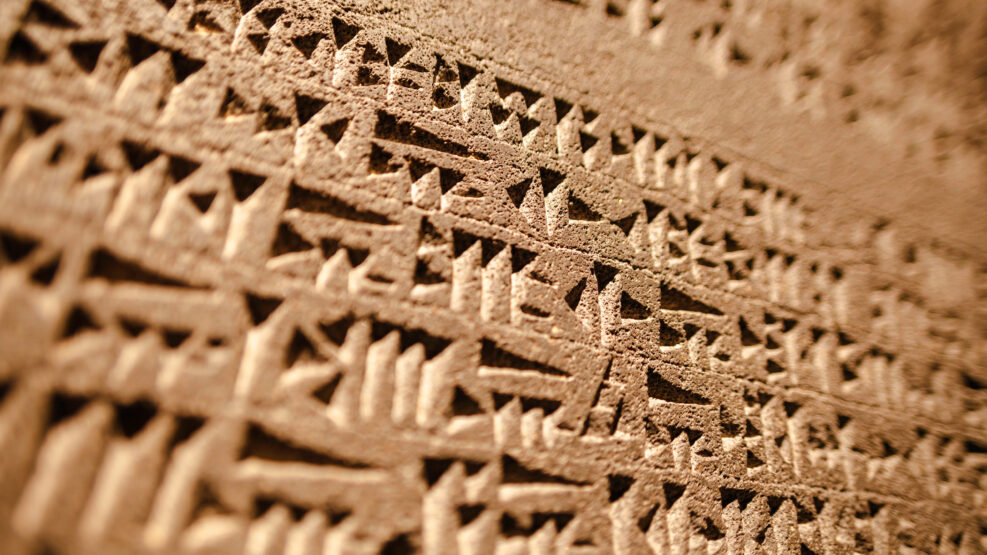
Can AI Open Doors to Ancient Human History?
It’s not a time machine, to be sure, but it may help bring the past to life by motoring through dull, time-consuming translation tasks
Study: Monkeys, Not Humans, Likely Made Ancient Brazilian Tools
The stone objects, dated from 50,000 years ago, look like the ones made by capuchin monkeys todayThere’s a danger in looking too hard for evidence of our ancient ancestors. Sometimes we could be seeing things that aren’t there. One group of stone tools from 50,000 years ago could, it is now suggested, have been made by monkeys: Excavations at Pedra Furada, a group of 800 archaeological sites in the state of Piauí, Brazil, have turned up stone shards believed to be examples of simple stone tools. Made from quartzite and quartz cobbles, the oldest ones appear to be up to 50,000 years old, which would put them among the earliest evidence of human habitation in the Western Hemisphere. However, the tools also bear a striking resemblance to the stone tools currently made by the capuchin monkeys Read More ›

Do Cave Paintings From 20,000 Years Ago Show Symbolic Writing?
In an article in the Cambridge Archeological Journal, researchers say they’ve deciphered the dots and Y’s among the animal paintingsLondon-based wood carving conservator Ben Bacon has, with academic colleagues, shaken up Ice Age paleontology by demonstrating that the marks on the 20,000-year-old cave paintings of animals found across Europe could be interpreted as a lunar calendar timing their reproductive cycles: Prof Paul Pettitt, of Durham University, said he was “glad he took it seriously” when Mr Bacon contacted him. “The results show that Ice Age hunter-gatherers were the first to use a systemic calendar and marks to record information about major ecological events within that calendar.” News, “Londoner solves 20,000-year Ice Age drawings mystery” at BBC (January 5, 2023) The paper is open access. Bacon had spent many hours both on the internet and in the British Library, studying Read More ›
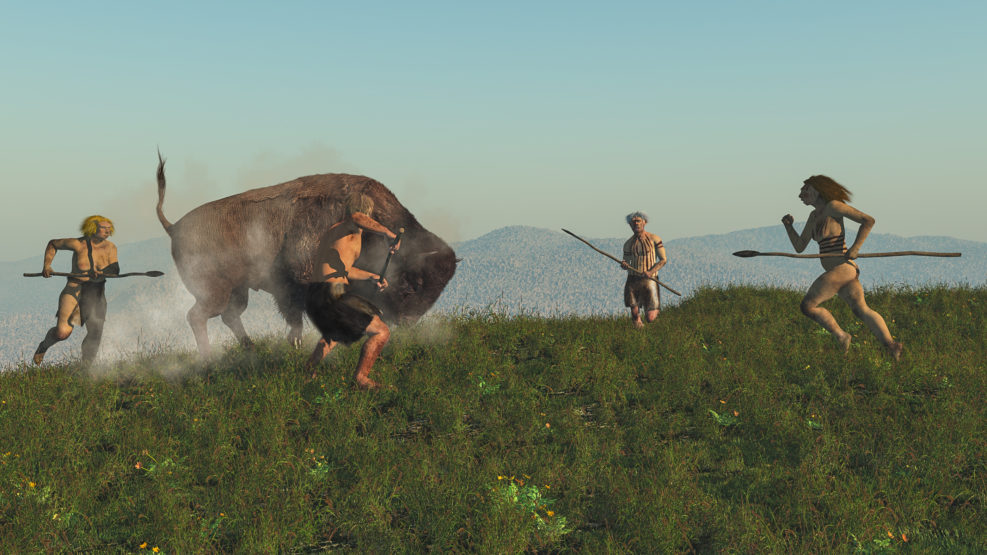
Smoke and Drink Too Much? Blame Neanderthal Man!
Besides passing on addictive habits, if you believe a study of casts from fossil skulls, our Neanderthal ancestors couldn’t meditate either…This from a recent DNA analysis study: Around 40% of the Neandertal genome can still be found in present-day non-Africans, and each individual still carries ~2% of Neandertal DNA. Some of the archaic genetic variants may have conferred benefits at some point in our evolutionary past. Today, scientists can use this information to learn more about the impact of these genetic variants on human behaviour and the risk of developing diseases. Using this approach, a new study from an international team led by researchers from the University of Tartu, Charité Berlin and the Amsterdam UMC analysed Neandertal DNA associations with a large variety of more than a hundred brain disorders and traits such as sleep, smoking or alcohol use in Read More ›

Can Myths About Dogs Give Us a Clue re Their Origins?
A French historian studies the relationship between ancient stories told about dogs and information from genetics and archeologyJust how and when dogs originated has been the subject of much research. In one account, “Dogs originated from wolves domesticated in Europe, 19,000-32,000 years ago,” based on DNA studies (2013). But other research points to many other possibilities: “Central Asia, the Middle East, South Asia or Southeast Asia” some time between 10,000 and 38,000 years ago. Some think they were tamed twice. Historian Julien d’Huy of the College of France in Paris suggests another approach, looking at stories about dogs: “With mythology, we can have explanations of archaeology, we can have reasons for domestication, we can test hypotheses,” he says. D’Huy found three core storylines for the earliest myths related to dogs: The first links dogs with the afterlife, Read More ›
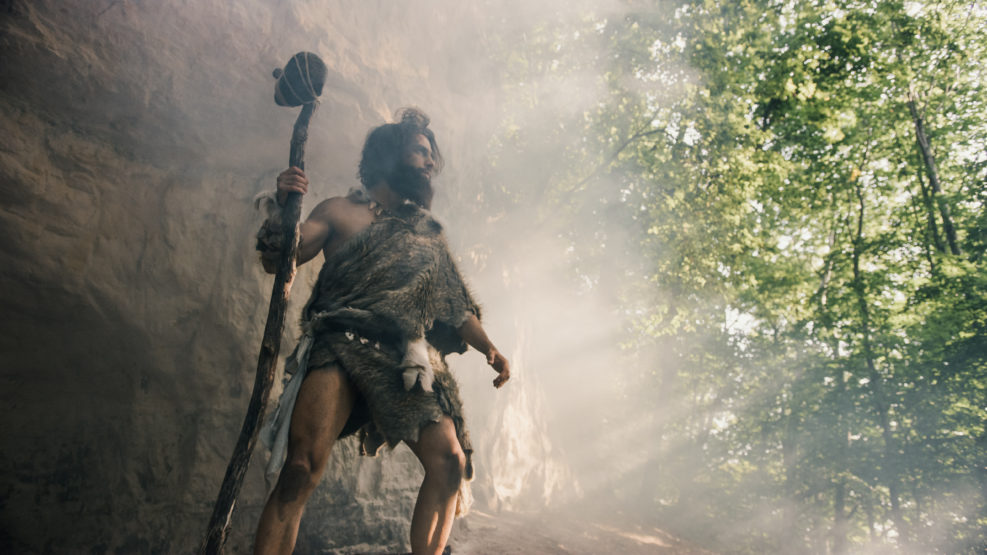
Fossil Scientists Ask, Could a Neanderthal Meditate?
A paleoneurology research team suggests they couldn’t. But how can the researchers be sure?Paleoneurology — the study of the evolution of the brain — is the study of fossil brains of extinct life forms. The brain, as it happens, is “wetware” which doesn’t fossilize so paleoneurologists actually study endocasts (natural or virtual casts) of the interiors of skulls. They try to infer behavior, including language and technical competence from the casts. More ambitiously, neuroscientist Emiliano Bruner and psychologist Roberto Colom hope to probe the mind of Neanderthal man, who ranged across Eurasia from about 400,000 years ago through 40,000 years ago but now survives only in small percentages of the genome of the much larger modern human population. From detailed studies, Bruner and Colom conclude: This work proposes evolutionary changes in attention associated Read More ›
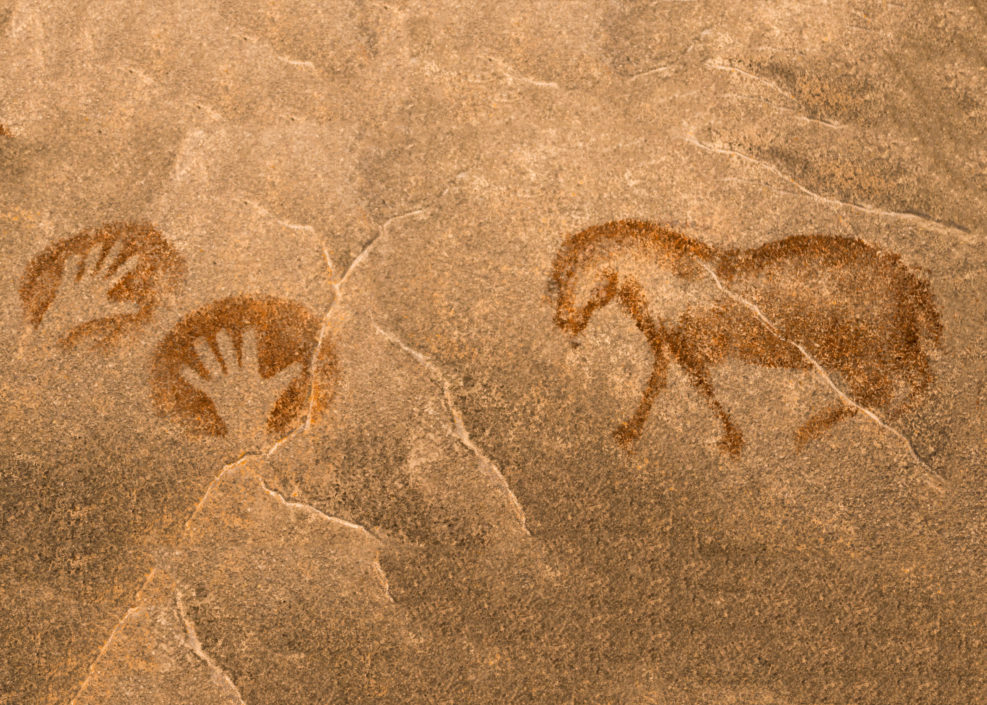
Why Is Neanderthal Art Considered Controversial?
It makes sense that whenever humans started to wonder about life, we started to create art that helps us think about it.Science writer Michael Marshall, author of The Genesis Quest (2020), tells us that many paleontologists resist the idea that early humans called Neanderthals created any artworks. They prefer to attributed all such works to groups that arrived on the scene later. The trouble is, the dates are often hard to determine and the reasoning is sometimes circular. As Marshall puts it, “People had assumed that they could tell the age of cave paintings by the style in which it was depicted,” says [Alistair] Pike. Ever since the first prehistoric art was found in the late 1800s, there has been a sense that art should evolve linearly: the oldest pieces should be extremely simple and abstract, with later ones becoming more Read More ›
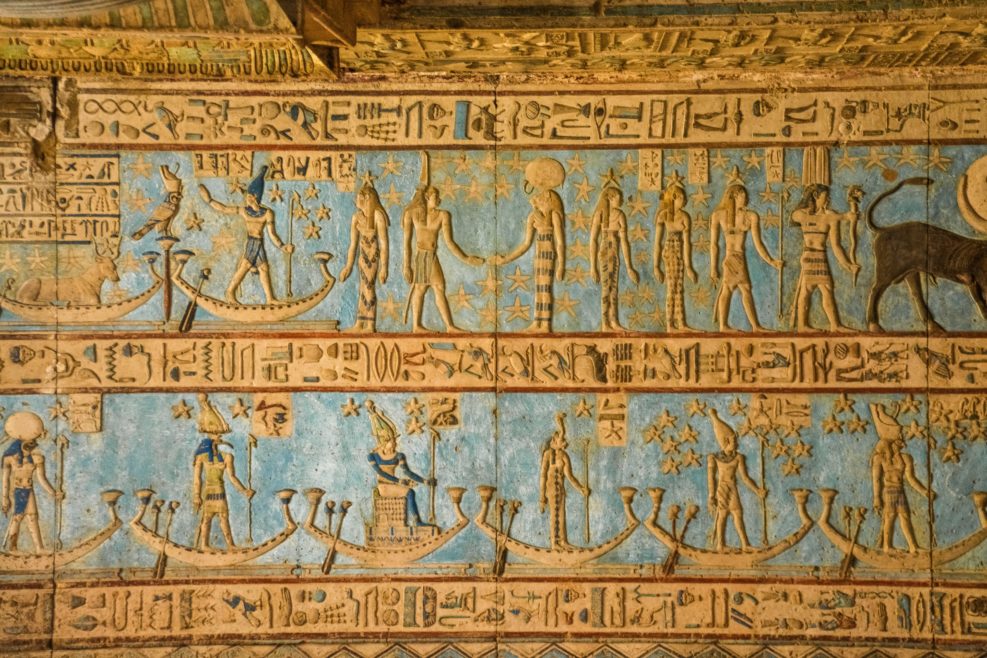
How Video Games Helped Researchers Unpack Real History
Experts in ancient Egyptian life helped game developer Ubisoft create Origins in 2017 and Ubisoft wanted to return the favorThe massive mysteries of ancient Egypt were undecipherable until the discovery of the Rosetta Stone in 1799 because the meaning of the hieroglyphics in which the inscriptions were composed had been lost: The Stone featured text engraved in Egyptian hieroglyphs alongside easily recognized Greek from the 2nd century BC. It enabled a first stab at interpreting the mysterious older symbols. But there are a lot of symbols and only one Stone. So it has been slow work for centuries. A job for machine learning? In 2017, with much help from Egyptologists, game creator Ubisoft’s Montreal division released Assassin’s Creed: Origins, a game set in Egypt during the reign of Cleopatra (70/60–30 BC). The goal was to create authenticity as well Read More ›